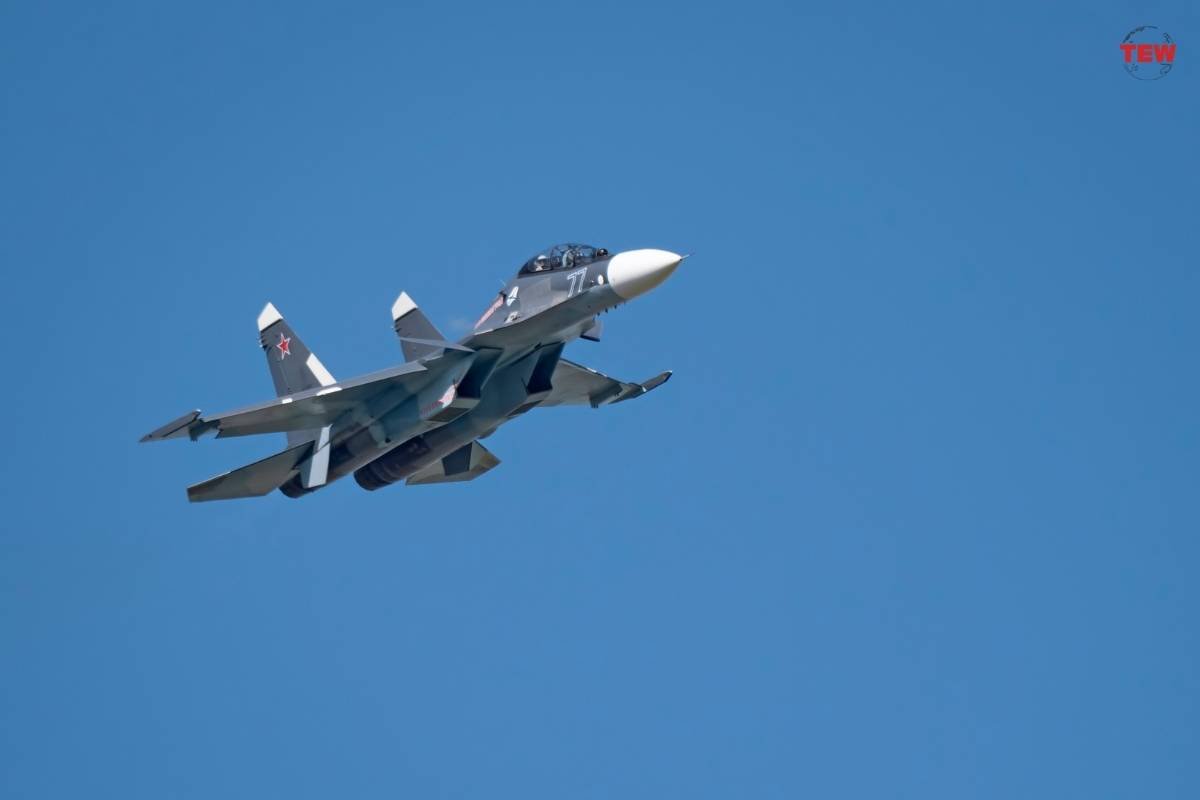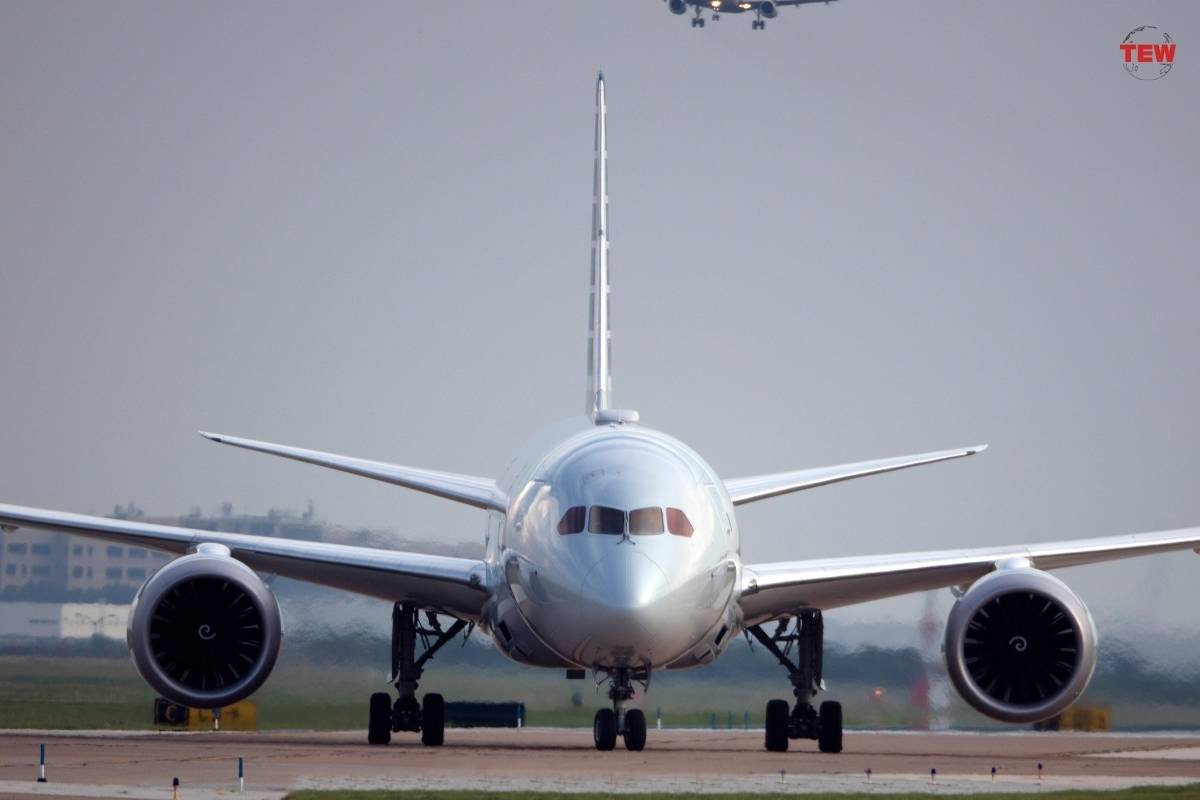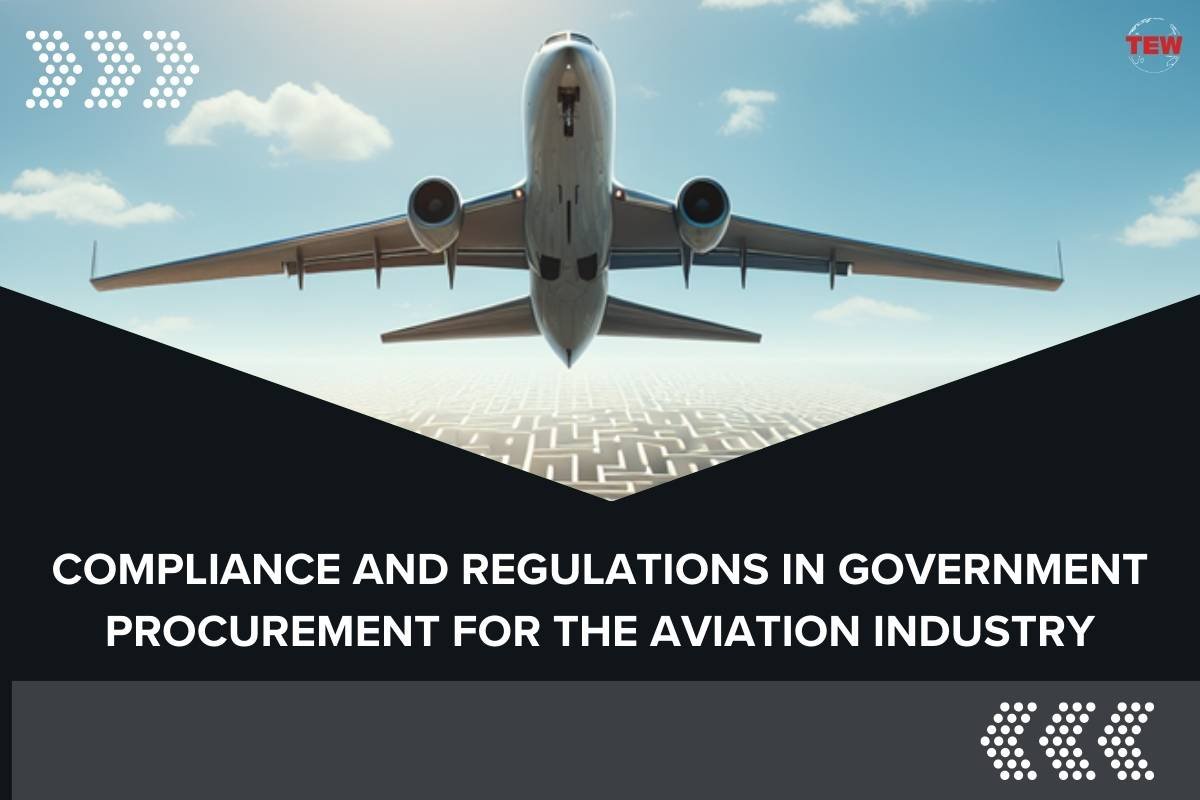Navigating the labyrinth of government procurement for the aviation industry is no small feat. It calls for a fine balance between meeting rigorous technical standards and adhering to a web of compliance requirements. At the heart of this balance lies the understanding of about MIL-SPEC and MIL-Standard, which essentially sets the quality and performance standards for military contracts. But here’s the silver lining: mastering this balance can turn a complex process into a strategic advantage for businesses looking to secure government contracts.
Understanding the role of MIL-SPEC and MIL-Standard

At the crux of it, MIL-SPEC and MIL-Standard serve as the North Star for companies aiming to do business with the military. Think of MIL-SPEC as a comprehensive set of guidelines that detail the essential technical requirements for materials, products and services. On the flip side, MIL-Standard refers to the processes, terms, and conditions that must be met. This duality ensures that products not only meet rigorous quality standards but also align with broader strategic objectives. Imagining trying to fit a square peg into a round hole, that’s essentially what trying to bypass these standards in military procurement would be like – futile and counterproductive.
The intricacies of MIL-SPEC and MIL-Standard are not just about ticking off checkboxes. They envelop the necessity to integrate a high level of precision and consistency in manufacturing and service processes. Businesses that manage to align their operations with these standards are often seen as reliable and trusted partners by the government. In essence, mastering MIL-SPEC and MIL-Standard compliance is akin to possessing a key that unlocks the door to lucrative military contracts and long-term partnerships.
The significance of compliance in government procurement for the aviation industry

Why does compliance matter so much, especially in the aviation sector? The answer lies in the inherent risks and high stakes involved. Aviation projects are not just about getting from point A to point B; they are about ensuring safety, security and reliability at 30,000 feet in the air. Compliance serves as a guarantee that products and services not only meet design specifications but can withstand the unique stresses of aviation operations. Failure to meet these standards can have significant implications, ranging from financial penalties to, more critically, compromising the safety of operations.
Navigating international standards in government procurement for the aviation industry
The challenge becomes even more complex when international standards enter the equation. The global nature of the aviation industry means that companies often have to juggle multiple sets of regulations, from domestic MIL-SPEC and MIL-Standard to international aviation guidelines. The key to success in this global arena is flexibility and a deep understanding of how these different standards intersect. Take, for instance, the European Union Aviation Safety Agency (EASA) standards, which may align with or diverge from US MIL-SPEC in specific areas. The ability to navigate these differences is crucial for companies looking to expand their footprint in international markets.
Best practices for seamless compliance

So, how do companies ensure compliance without getting lost in the regulatory maze? First and foremost, it requires a proactive approach. Keeping abreast of changes in regulations and standards is crucial. Utilizing technology can also be a game-changer, providing tools for tracking compliance across different projects and regulatory environments. Moreover, cultivating a culture of compliance within the organization ensures that everyone, from top management to on-the-ground staff, is aligned with regulatory expectations. Remember, in the realm of government procurement, being reactive is not an option; anticipation and preparation are the keys to success.
Ultimately, while the path to securing government contracts in the aviation industry might appear daunting, it offers a clear trajectory for those willing to invest in understanding and meeting its compliance and regulatory demands. The complexities of MIL-SPEC, MIL-Standard, and international aviation standards are not just hurdles to overcome but opportunities to demonstrate reliability, quality and a commitment to excellence. By embracing the challenges of compliance, companies can soar to new heights in the competitive landscape of government procurement for the aviation industry.




